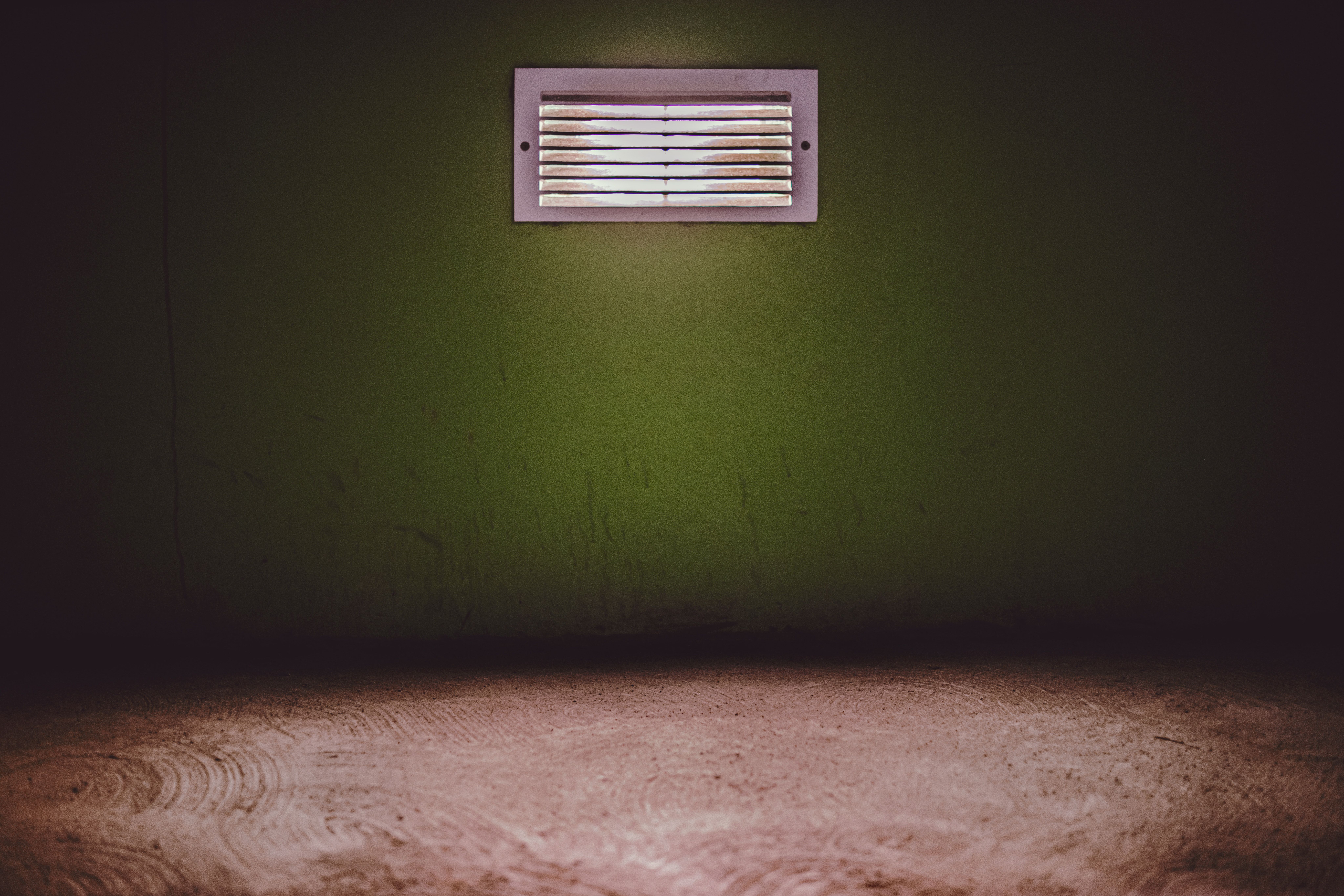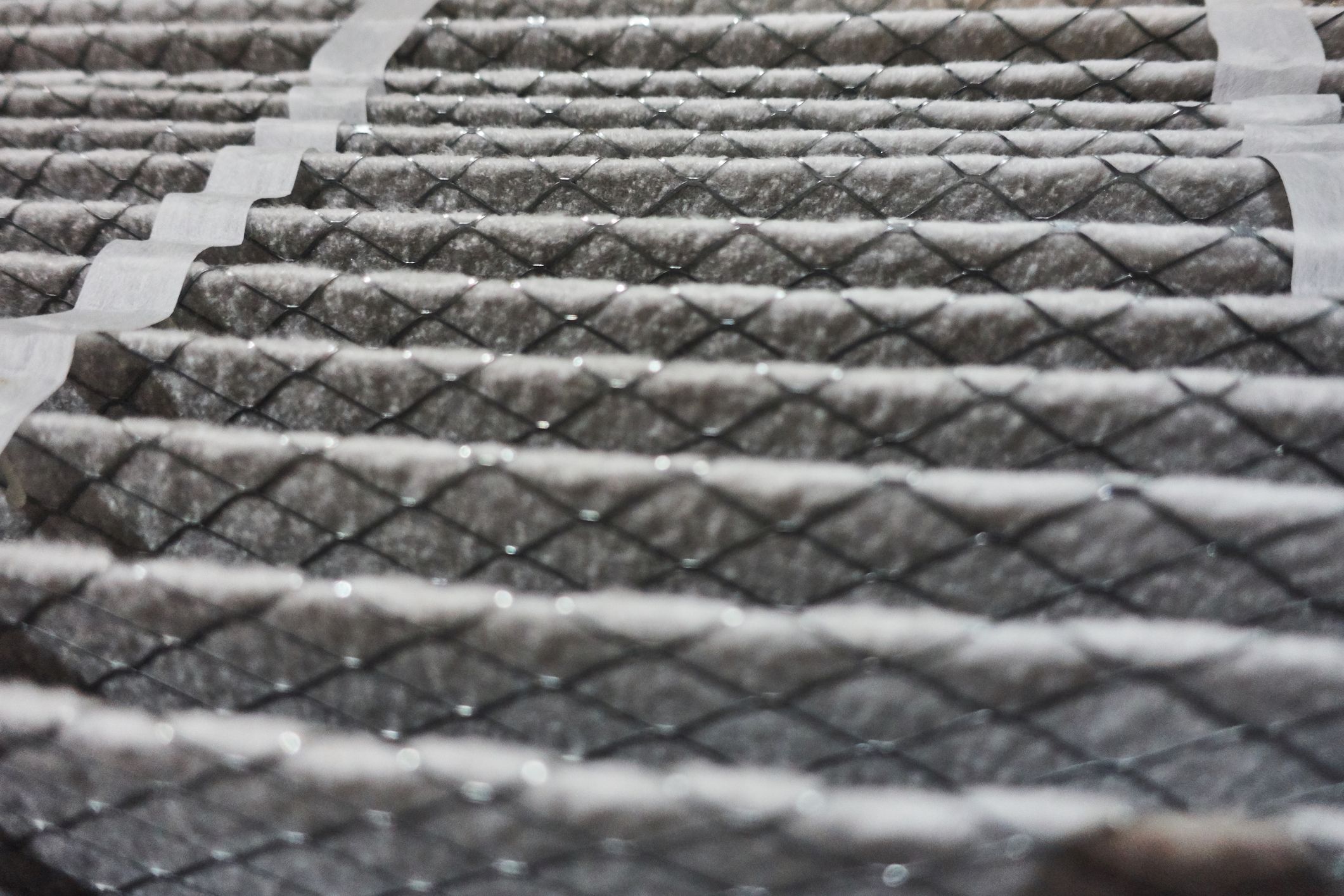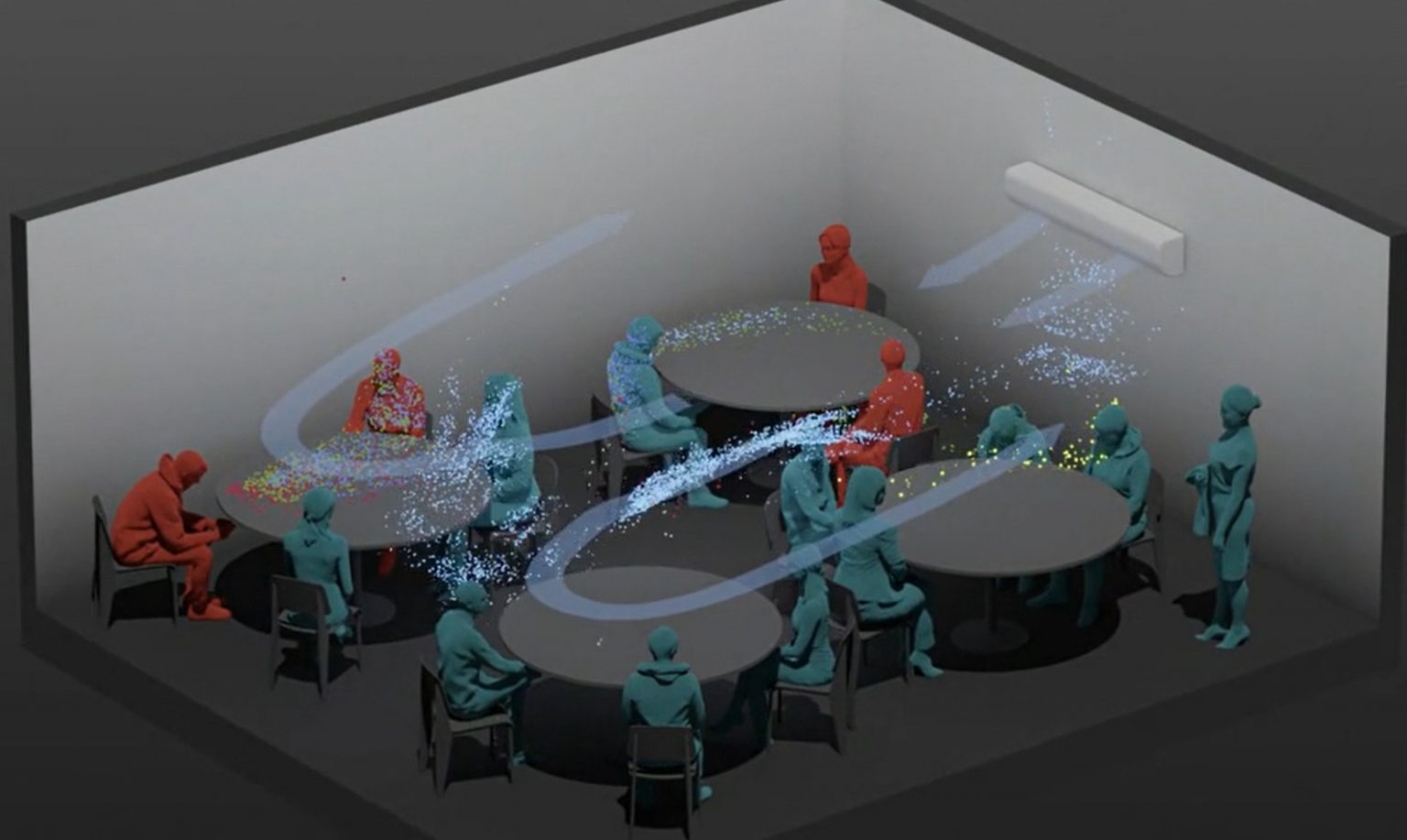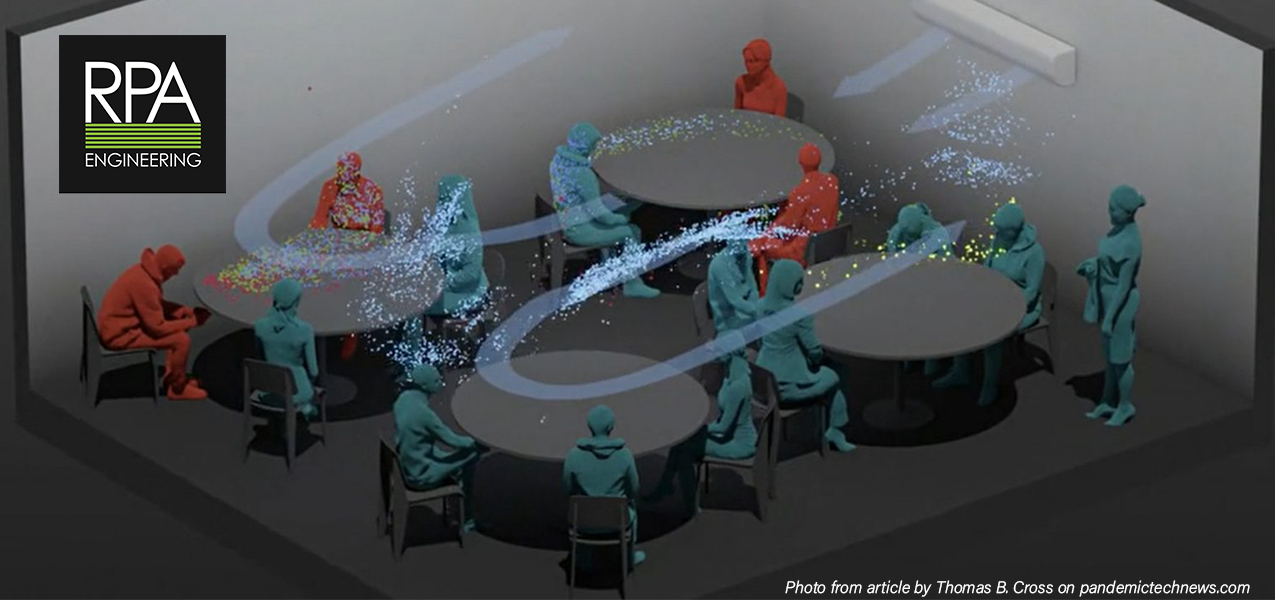There will come a time (with multiple US vaccines on the horizon) when we, as a community, will be able to return to a conventional pace in our lives, with real human and social interaction. This does not mean our heightened sense of awareness to those around us will simply disappear. Instead, it should provide the opportunity to learn and improve our society for future generations. However, the question remains:
How safe will you feel when that person next to you coughs or sneezes?
Before we can even begin to address this question, we must first understand the potential for bioaerosol transmission inside of a building. For purposes of this discussion, we will focus on the systems that recirculate air.
Most buildings receive heating, ventilation, and air conditioning (HVAC) via air handling units by supplying air to and returning air from the spaces they serve. The recirculated air (return air) is combined with the necessary outdoor air (ventilation air) required per code and then supplies the mixture back to the space. The amount of fresh outdoor air is determined by building code and considers how the space is used as well as the number of occupants in the space.

Air handling units also provide filtration of incoming air which controls the air quality by removing contaminants from the air we breathe.
When a person next to you coughs or sneezes, it is likely some of the bioaerosols generated by that cough or sneeze will make their way back to the HVAC system and will be recirculated back to the space. However, enhanced filtration can help mitigate some of this risk.

Of greater concern though are the bioaerosols that don’t get drawn into the HVAC system and are distributed throughout the space by air currents. When a person coughs or sneezes, the resulting discharge of air from their nose and mouth cannot be contained, trapped, or deactivated by the HVAC system. Some infectious bioaerosols will be distributed throughout the space before they can be filtered.
These scenarios begin to compound when we increase the number of occupants emitting bioaerosols, thus increasing the potential concentration within a space.

By designing a system with the properly located supply and return outlets, we can reduce the risk of transmission via airflow patterns. By utilizing new and existing technologies, we can reduce the concentrations of the pathogens in the air and reduce the risk of infection. To be able to return to our conventional pace of life and safeguard for the future, we need to change the way we design and harness the power of technologies in ways that were not previously thought of.
RPA Engineering is a leading engineering and design firm with five regional offices in the Eastern United States. Headquartered in Wyomissing, PA, we also have offices in Pittsburgh and Valley Forge as well as Raleigh, NC and Venice, FL.
Please follow us on social media as we plan to continually release new information as we walk along our path of discovery.
Research completed and shown in this post is property of RPA Engineering and cannot be duplicated without express permission from RPA Engineering.
